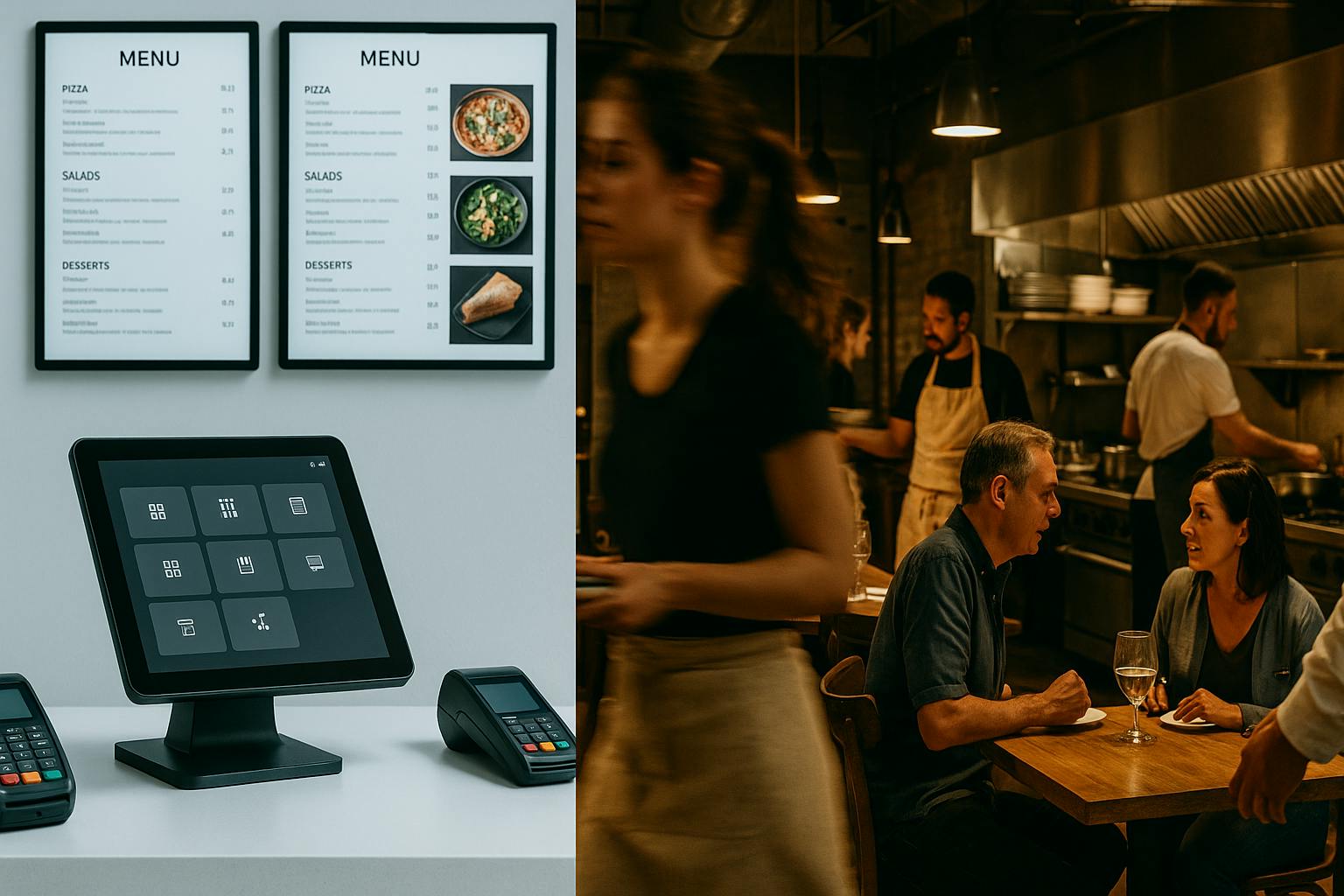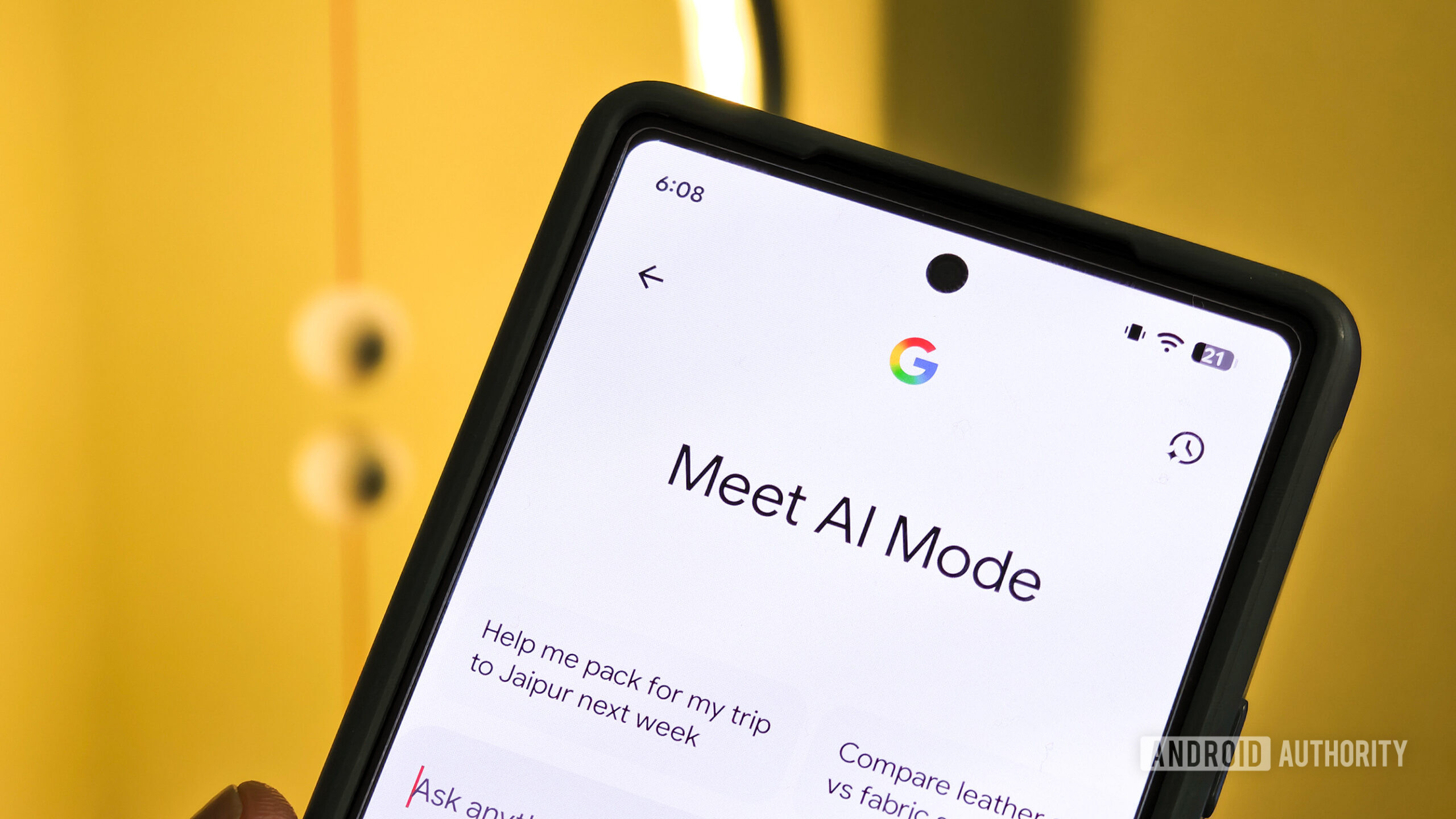I’ve been in hospitality for nearly 20 years, running venues from Moscow to Dubai. Over that time, I’ve implemented probably every piece of hospitality tech you can imagine – and watched half of it fail spectacularly.
This isn’t a story about how technology transformed our business. It’s about what actually happens when you try to digitize an industry that’s fundamentally built on human interaction.
The Problem Nobody Talks About
Here’s what tech vendors don’t tell you: hospitality systems rarely play nice with each other.
We run venues across four countries. Each location uses different POS systems because they were acquired at different times. Our reservation platform doesn’t talk to our inventory management system. Our CRM doesn’t integrate with our payment processor. And every system has its own dashboard, its own login, and its own way of formatting data.
Connecting these systems cost us more than buying them in the first place.
The integration company we hired initially quoted us $30,000. The final bill was $87,000. And it still doesn’t work perfectly there’s a daily batch process that sometimes fails, requiring manual reconciliation.
Lesson one: Budget 3x what the vendor quotes for integration. You’ll need it.
When Automation Creates More Work
Three years ago, we implemented an automated reservation confirmation system. Guests would receive immediate confirmation emails, reducing front-desk workload.
Great in theory. In practice, the system couldn’t handle special requests.
A guest books a table and mentions in the notes: “It’s my wife’s birthday, can we have a corner table?” The automated system sends a confirmation but ignores the request. The guest shows up expecting a corner table. We don’t have one ready. Now the front desk has to fix it.
The automation saved us 10 minutes of confirmation emails but cost us 30 minutes of problem-solving and left one guest unhappy.
We eventually built a hybrid system: automation for straightforward reservations, human review for anything with notes or special requests. It’s less efficient than full automation, but it actually works.
Lesson two: Automation works great for standard processes. For everything else, you need humans.
The Data Problem
Everyone talks about “data-driven decisions.” Nobody talks about how messy hospitality data actually is.
We tried implementing predictive analytics for staffing. The idea: analyze historical traffic patterns, forecast busy periods, optimize scheduling.
The reality: our historical data was garbage.
Reservations were recorded differently across locations. Some entries had timestamps, others didn’t. Guest counts were sometimes accurate, sometimes estimates. Special events weren’t consistently logged. And every time we changed POS systems (twice in five years), the data format changed.
Cleaning the data took six months. Building the model took six weeks.
And then the model predicted we’d need minimal staff on a Thursday that turned out to be the start of a major convention. We were understaffed, service suffered, and we got negative reviews.
Lesson three: Your data is probably worse than you think. And historical patterns don’t predict external events.
What Actually Works
After years of trying and failing, here’s what technology actually delivers value for us:
1. Basic Inventory Tracking
Not optimized AI-powered inventory management. Just simple tracking: what did we use yesterday, what do we have left, what do we need to order?
We use a straightforward system that scans barcodes and updates counts. It’s not sexy, but it reduced our food waste by 12% in the first year.
ROI was clear and immediate.
2. Digital Payment Processing
Contactless payments, mobile wallets, integrated payment systems—this stuff works reliably and guests expect it.
The pandemic accelerated adoption, but even post-COVID, guests prefer tap-to-pay over cash or signature transactions. It’s faster, reduces payment processing errors, and lowers our cash handling costs.
3. Staff Communication Tools
We use Slack for internal operations. Kitchen, bar, front-of-house, and management all on the same platform.
Sounds basic, but it solved a huge coordination problem. Instead of shouting across a loud venue or walking back and forth between stations, staff message instantly. Response times improved, miscommunication decreased.
Cost: basically nothing. Value: enormous.
The Expensive Failures
Not everything worked. Some expensive lessons:
Dynamic pricing system: $45,000 implementation. Guests hated it. Reviews complained about “unfair pricing.” We turned it off after three months.
AI chatbot: Answered maybe 30% of guest questions correctly. The other 70% got frustrated and called anyway. We replaced it with a human answering service.
Tableside ordering tablets: Seemed efficient. Guests found them impersonal. Tips dropped 8%. We removed them.
The pattern? Technology that removed human interaction consistently underperformed, even when it was operationally more efficient.
The Real Competitive Advantage
Here’s what I’ve learned: technology is table stakes, not differentiator.
Every venue has POS systems, reservation platforms, and payment processing. These are necessary but not sufficient for success.
The competitive advantage is still the human stuff: service quality, atmosphere, attention to detail. Technology just makes the operational baseline possible.
The venues that win are the ones that use technology to free up staff time for guest interaction, not eliminate staff altogether.
What I’d Do Differently
If I were starting today, I’d:
- Invest in integration first, features second. Get your core systems talking to each other before adding more systems.
- Start with operational pain points. What takes the most staff time? What creates the most errors? Fix those first.
- Pilot everything. Test new technology in one location before rolling it out everywhere. We learned this the expensive way.
- Keep it simple. Complex systems fail in complex ways. Simple systems that work reliably beat sophisticated systems that don’t.
- Budget for maintenance. Technology isn’t install-and-forget. Systems need updates, troubleshooting, and eventual replacement. Budget accordingly.
The Bottom Line
After 800+ projects and millions spent on technology, my honest assessment: we’re probably 15% more operationally efficient than we were a decade ago.
That’s it. Not 50%. Not transformative. 15%.
But that 15% matters. It’s the difference between breaking even and making profit in an industry with razor-thin margins.
Technology hasn’t revolutionized hospitality. It’s just made it slightly more manageable to run venues at the quality level guests now expect.
If you’re a founder building hospitality tech, here’s my advice: don’t try to replace hospitality workers. Build tools that make their jobs less tedious so they can spend more time creating experiences guests remember.
That’s the product I’d pay for. That’s what the industry actually needs.










